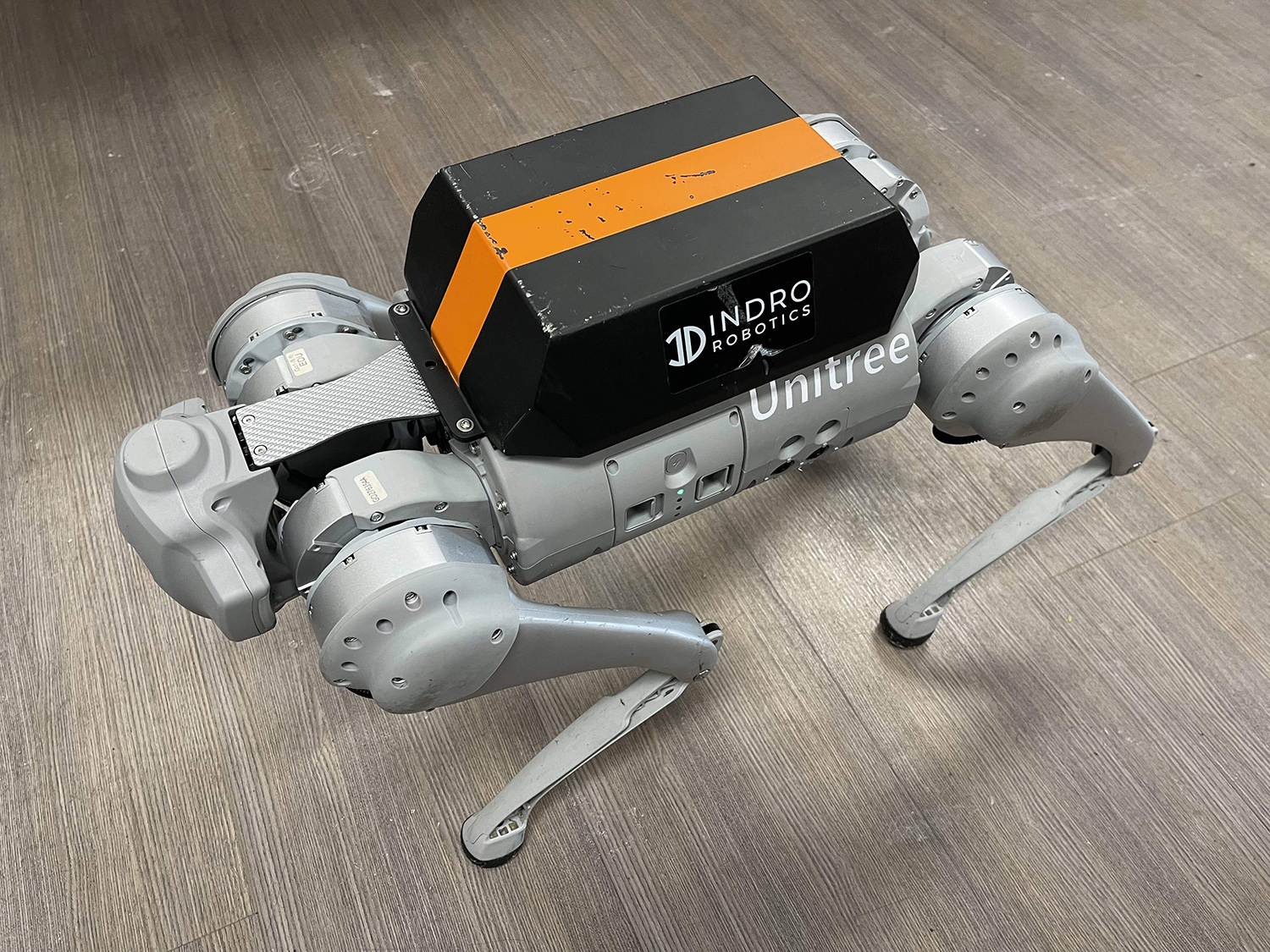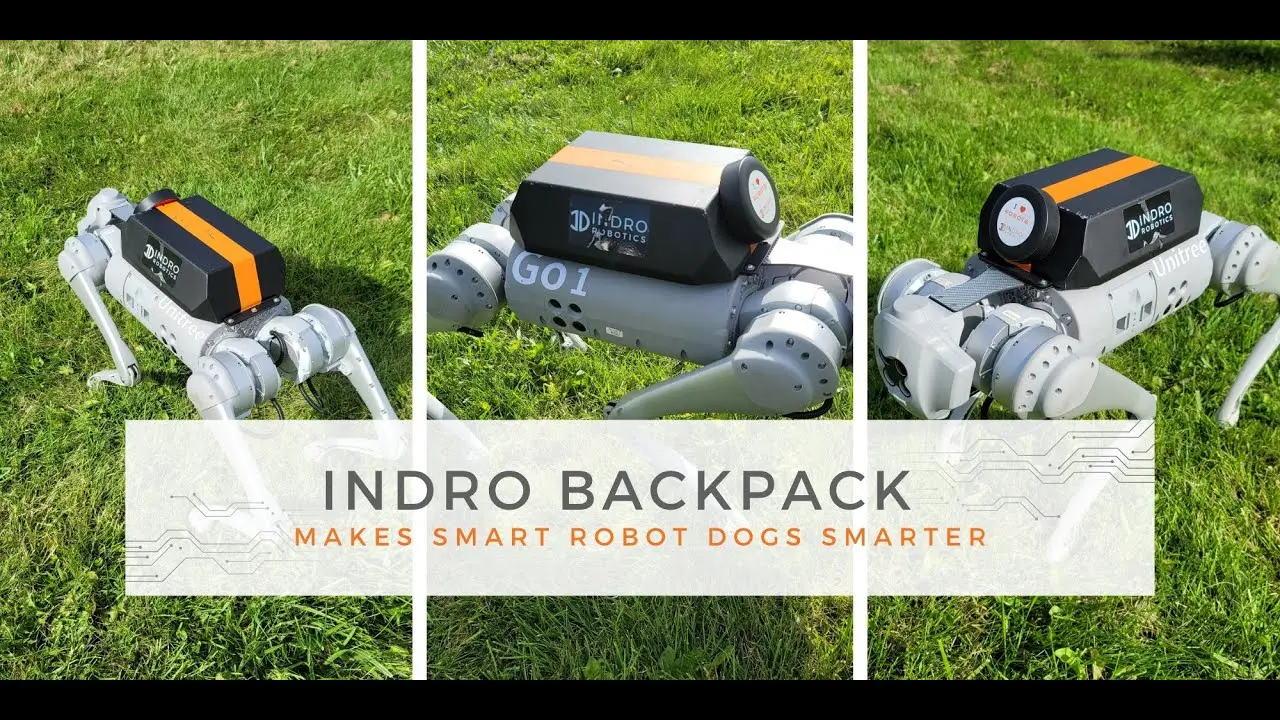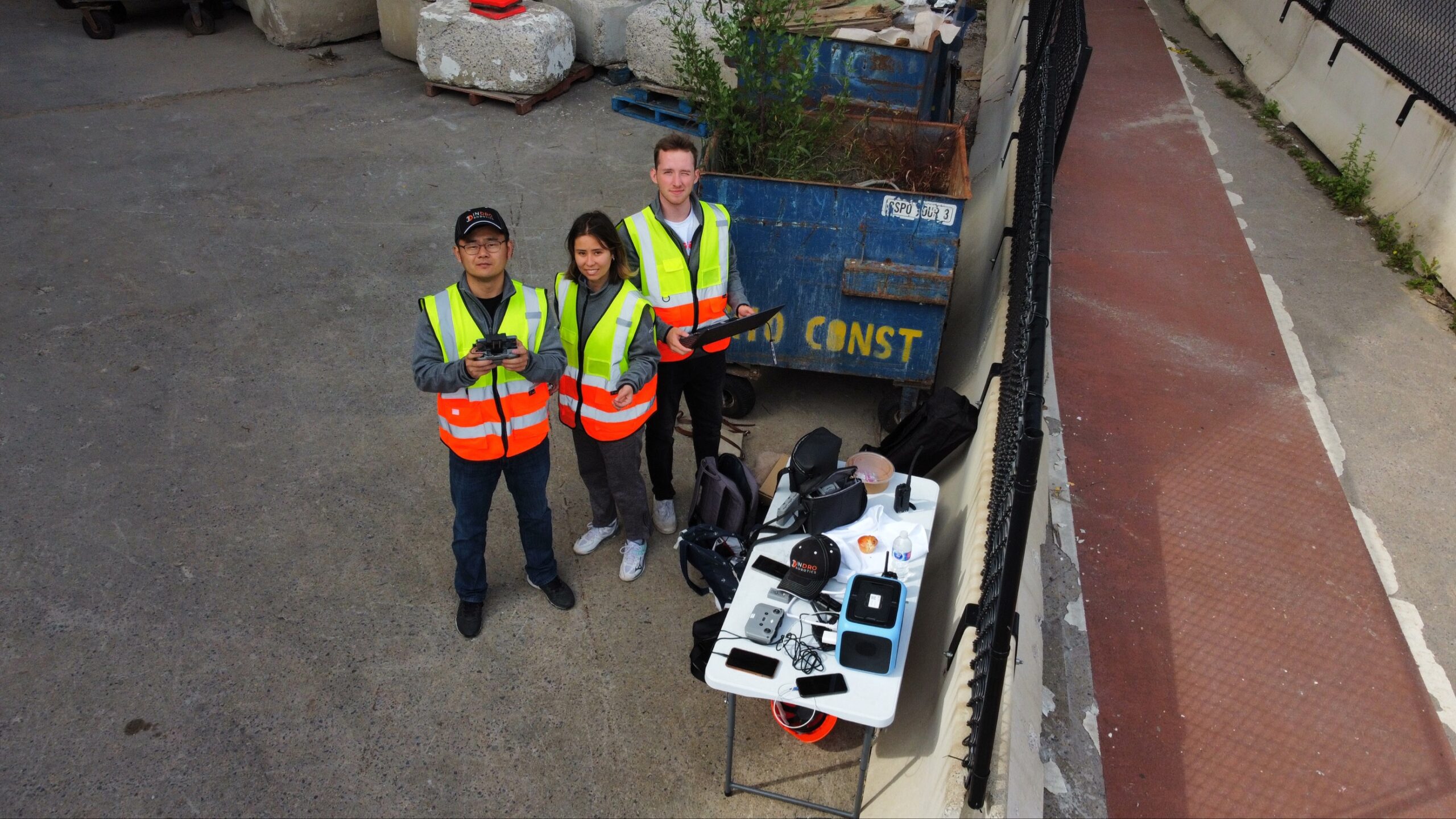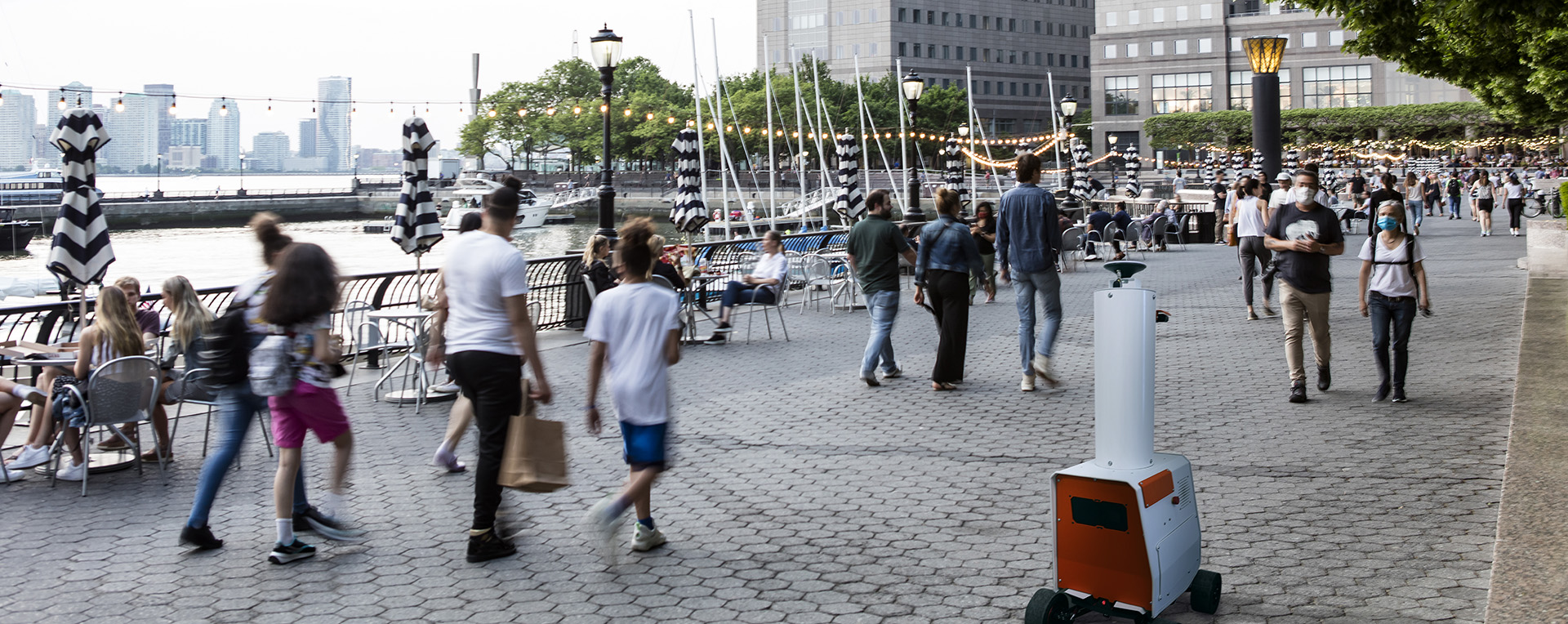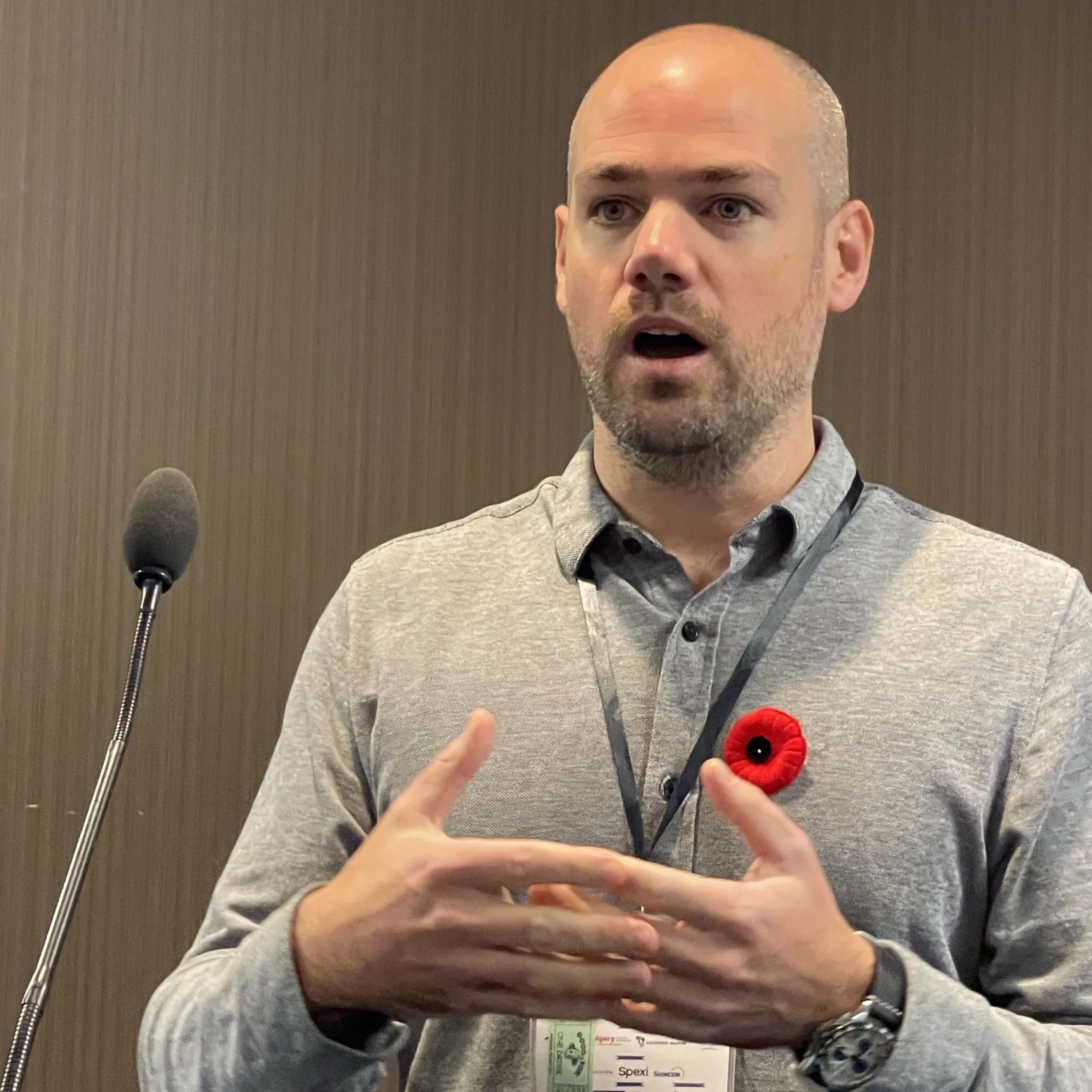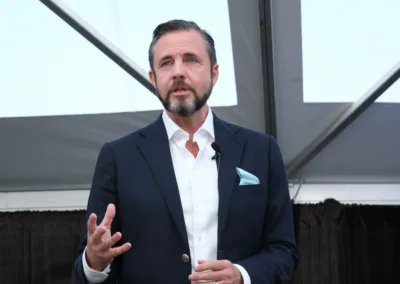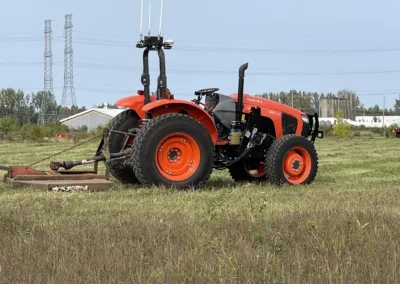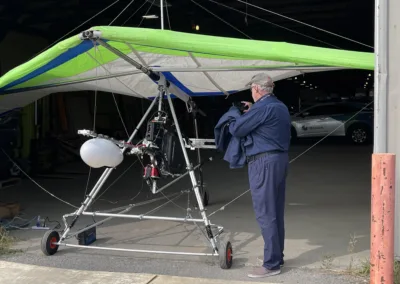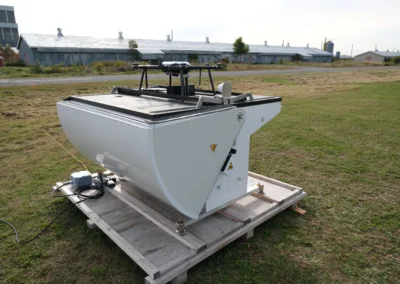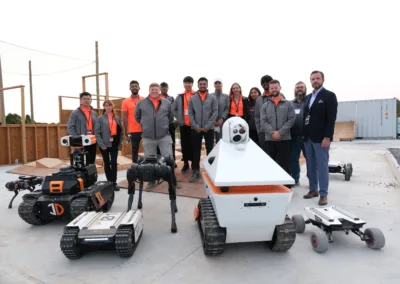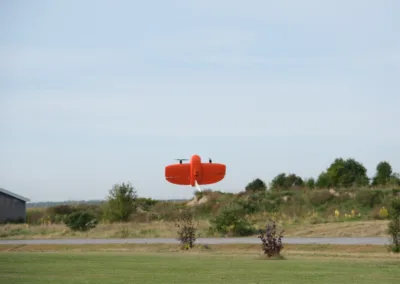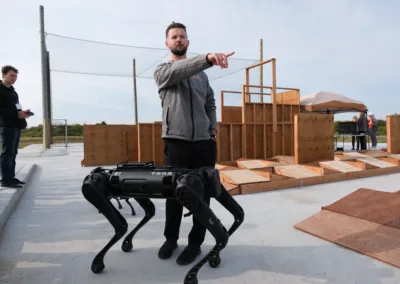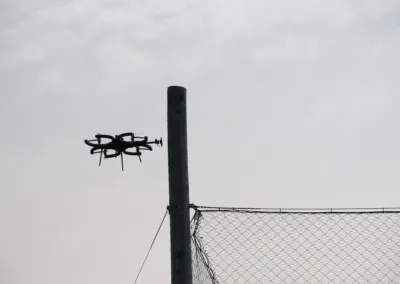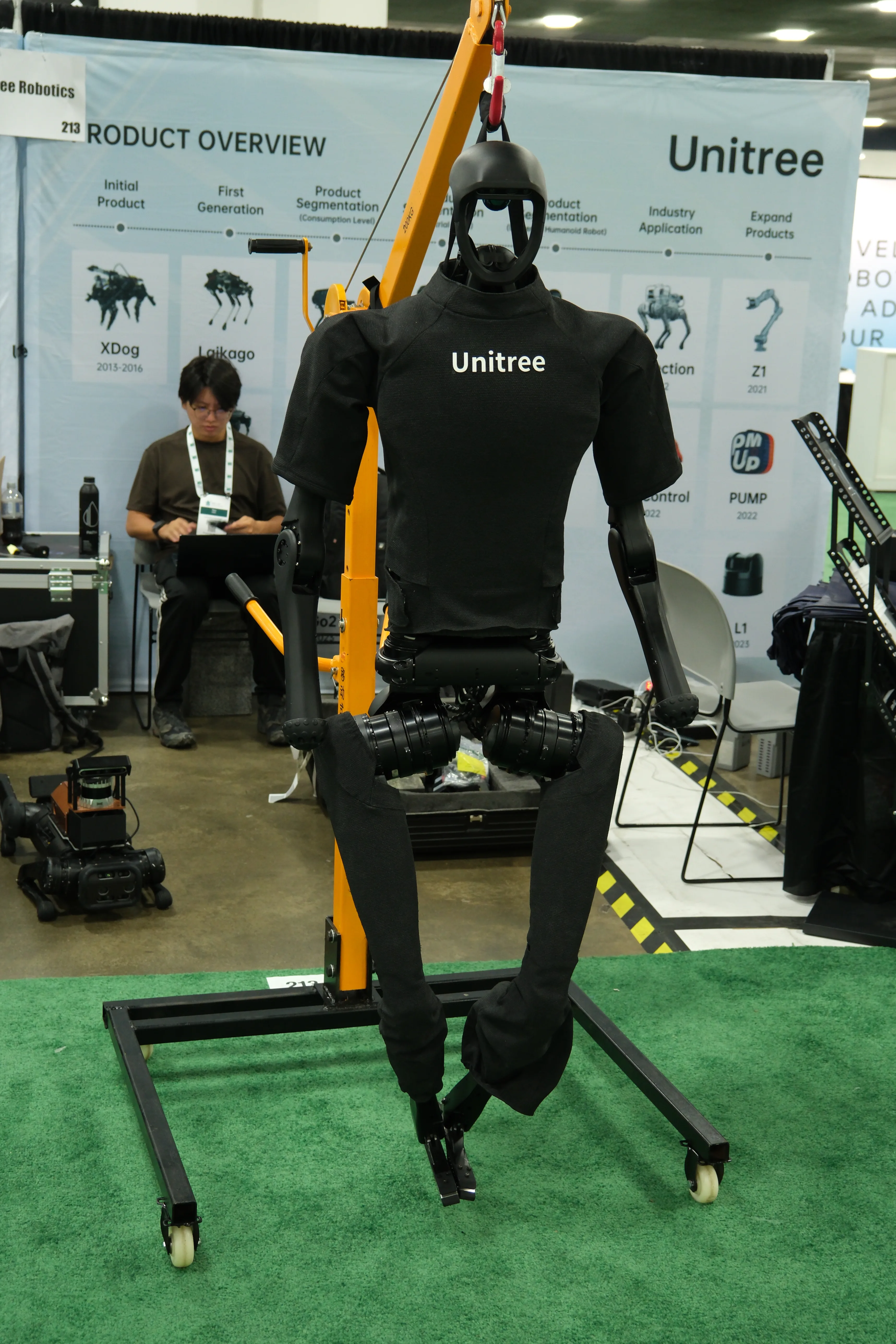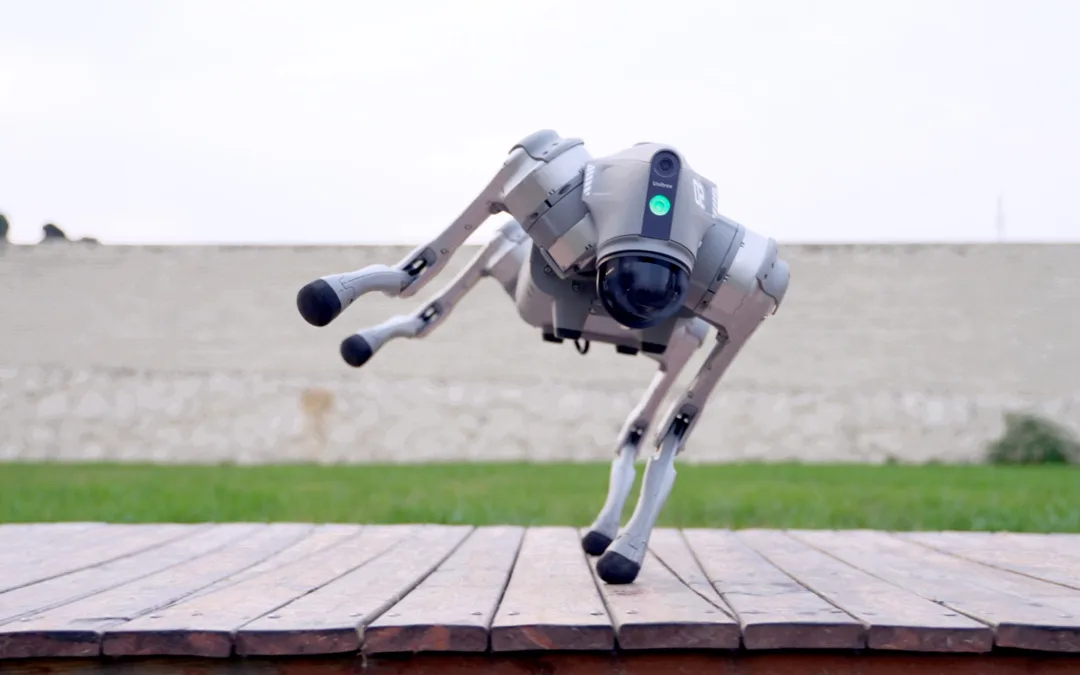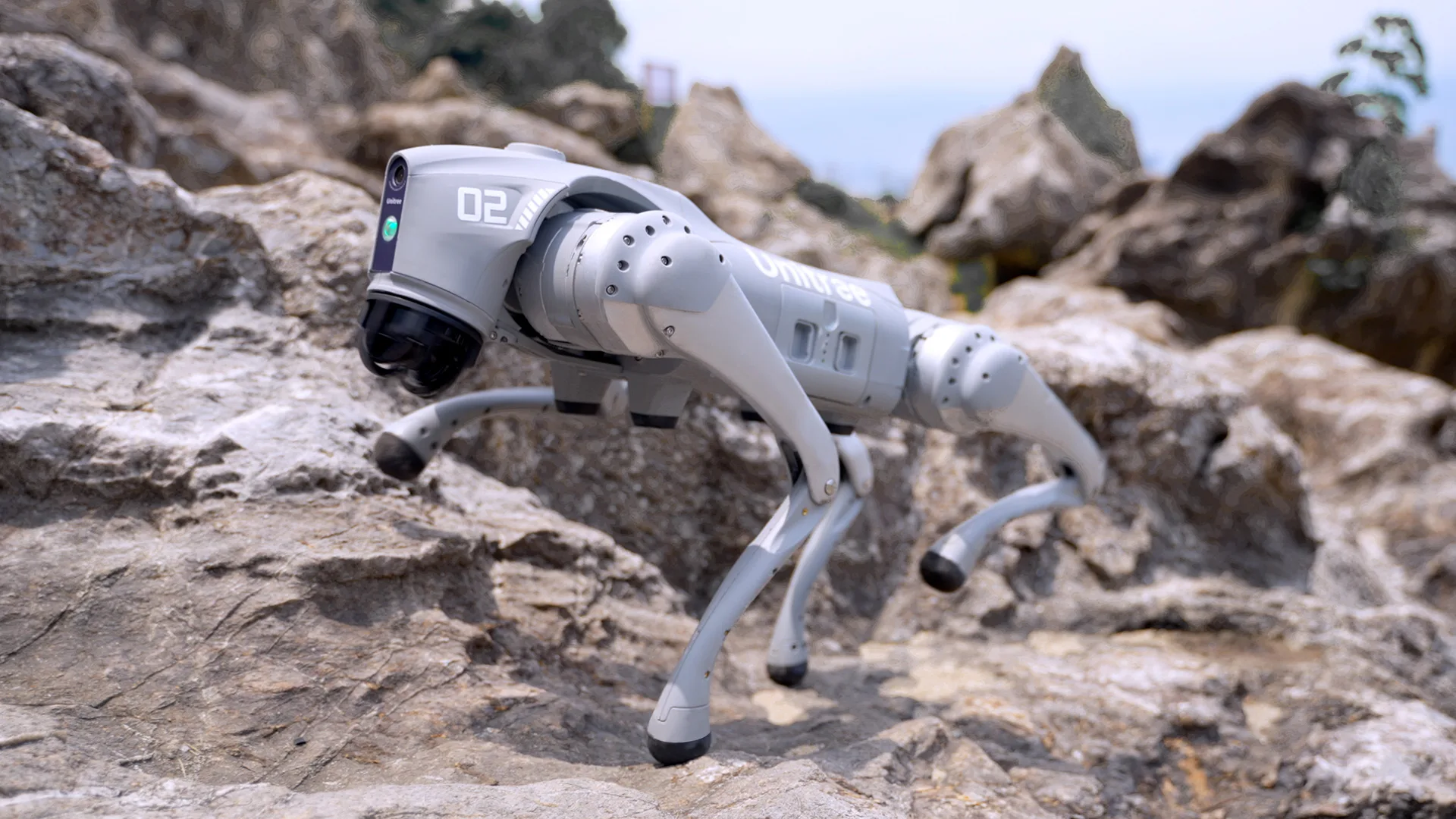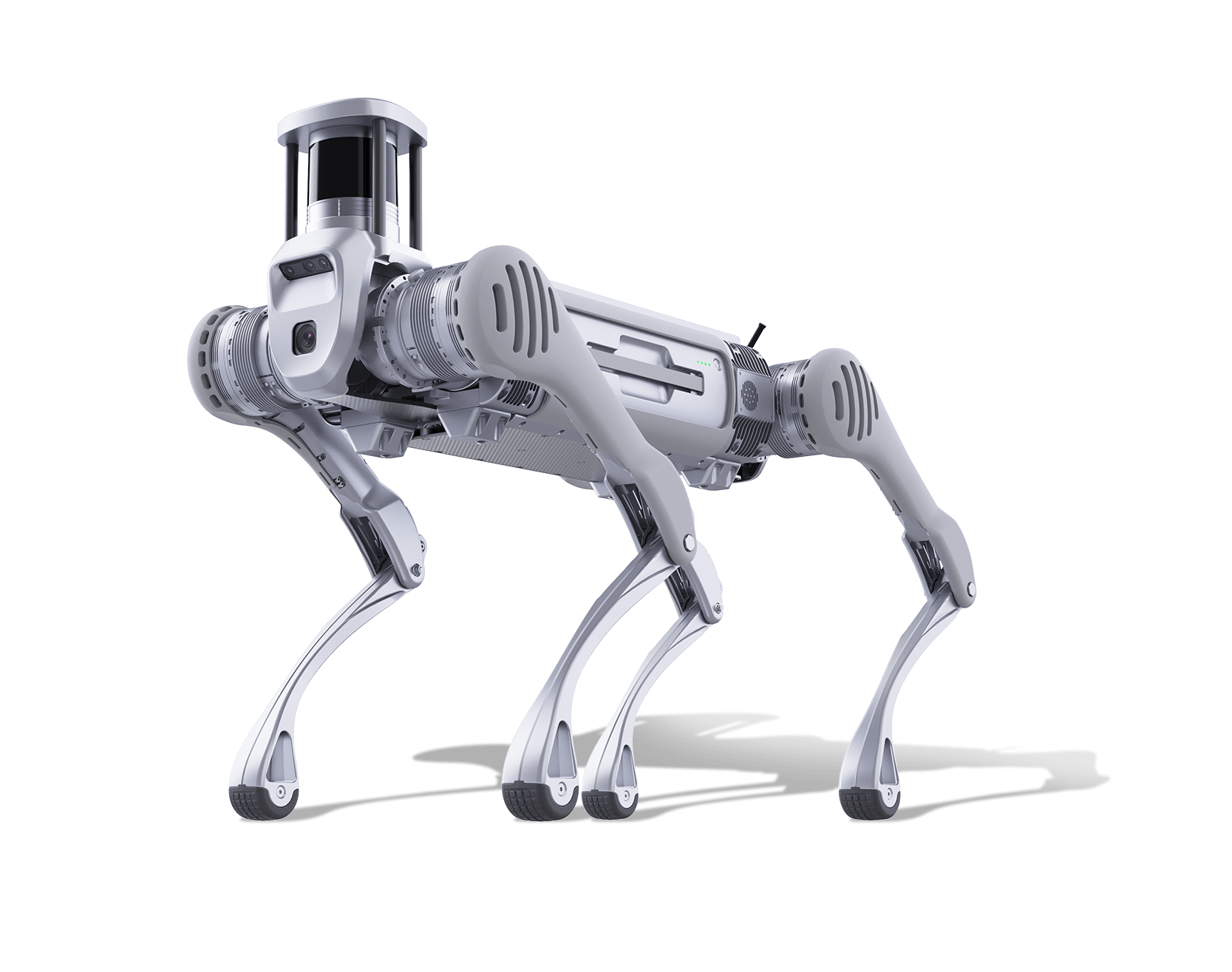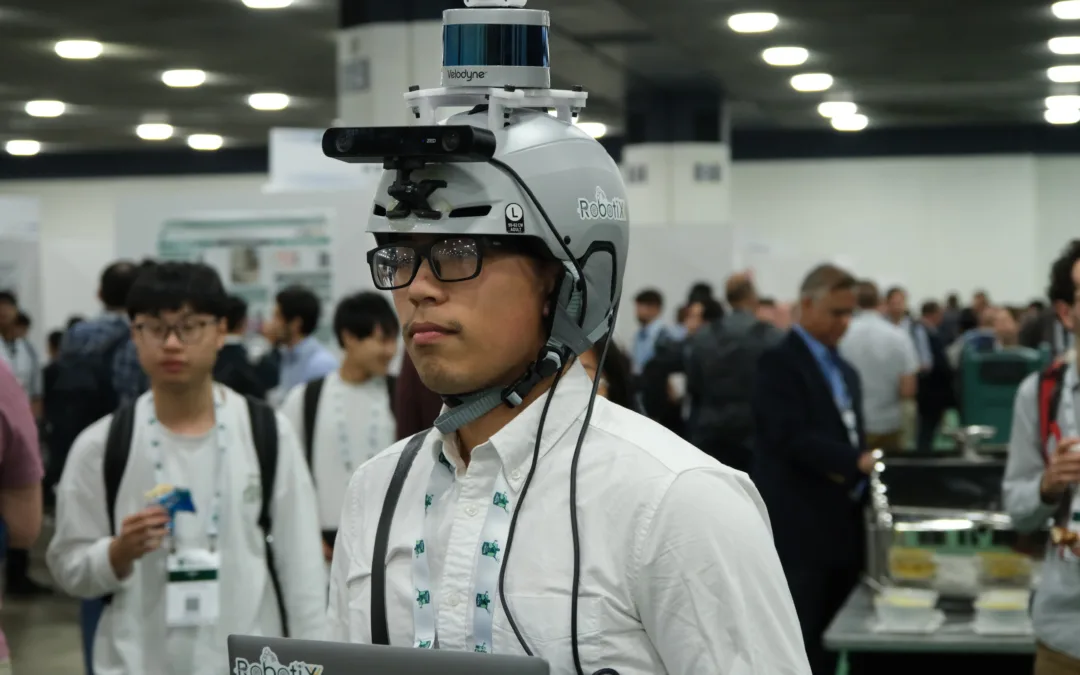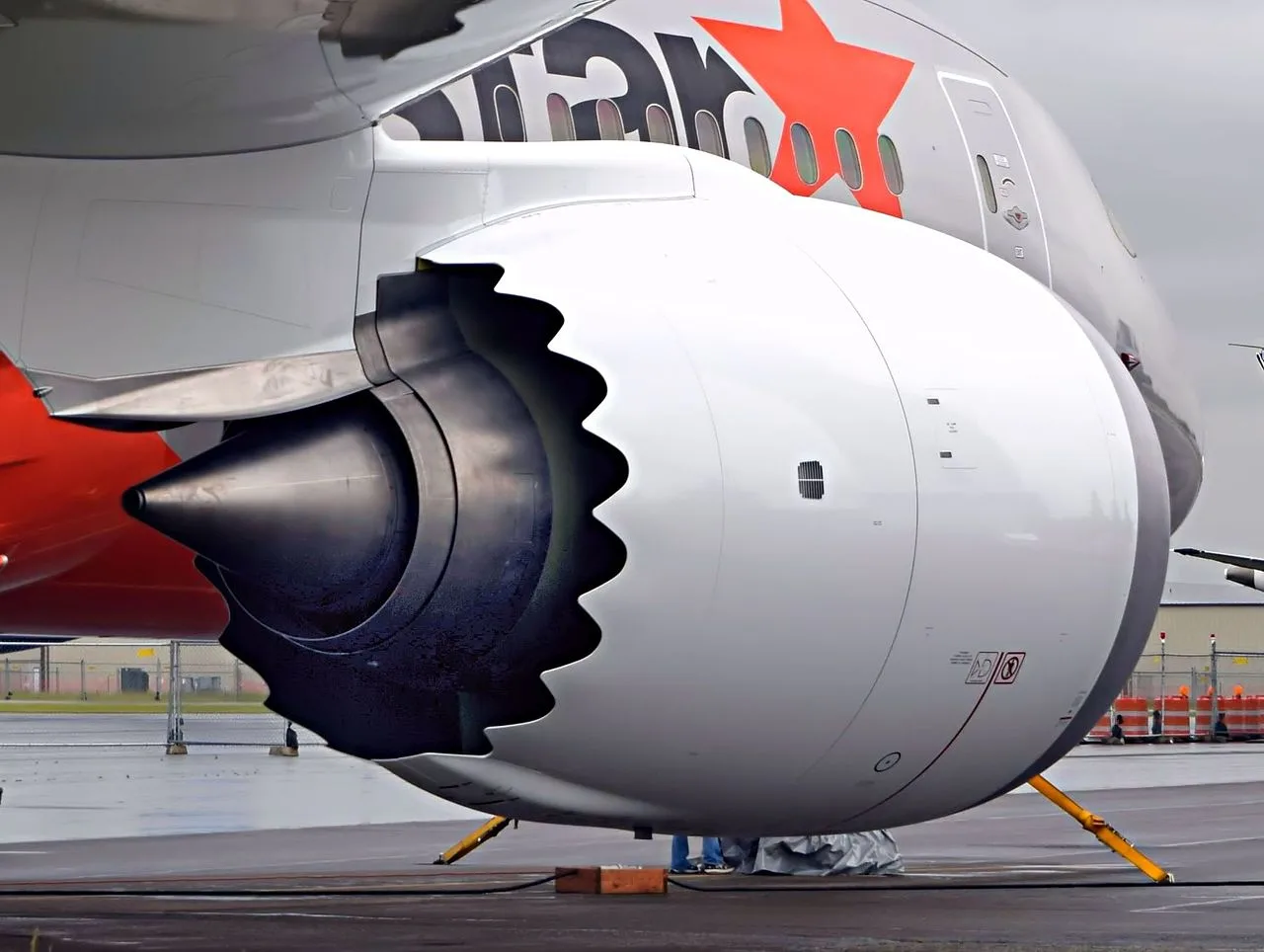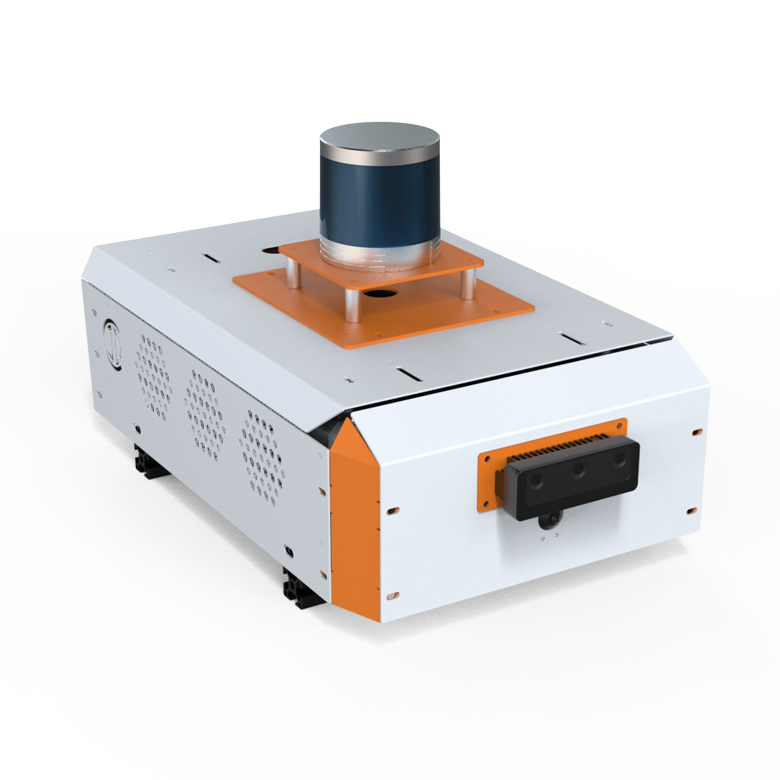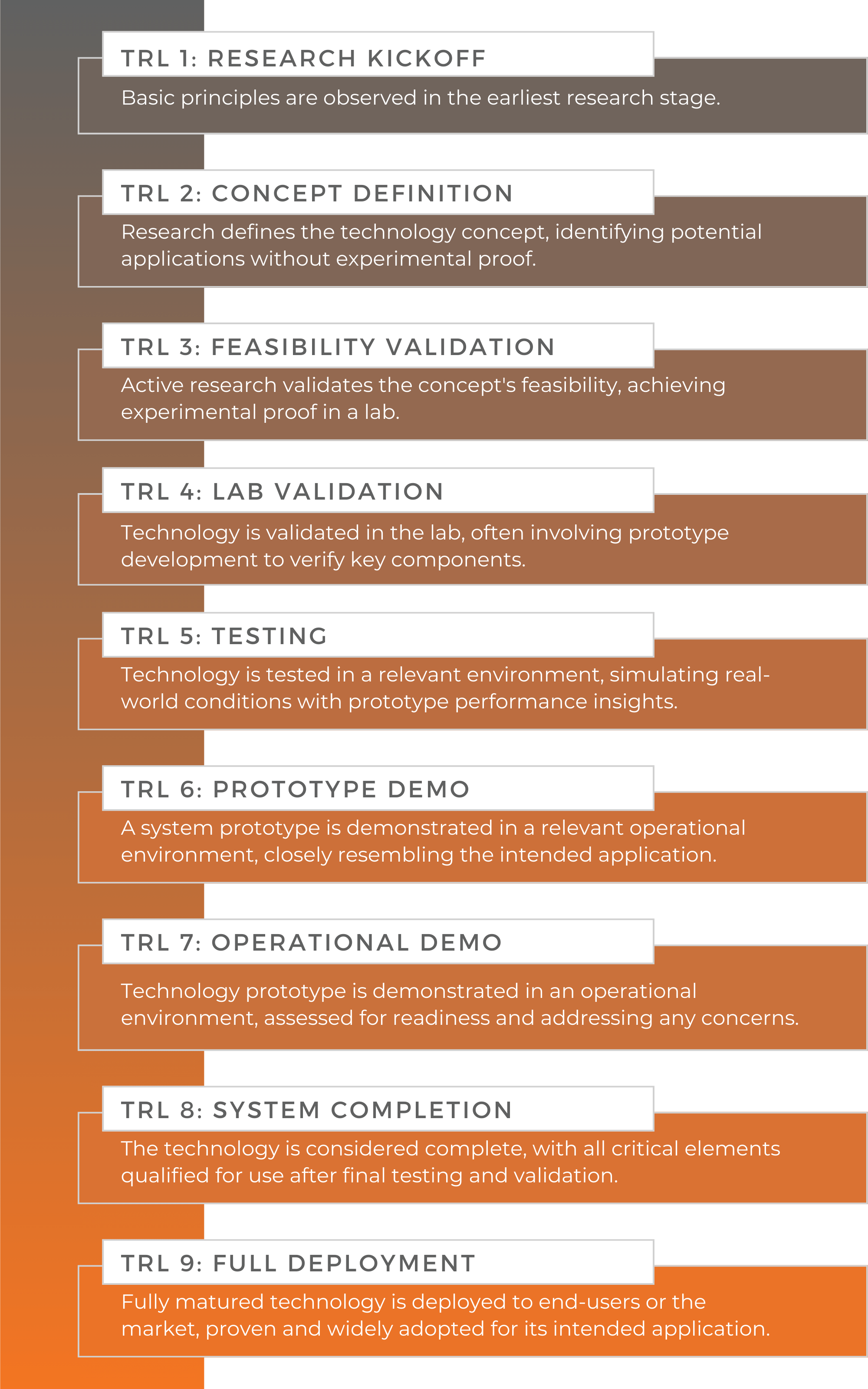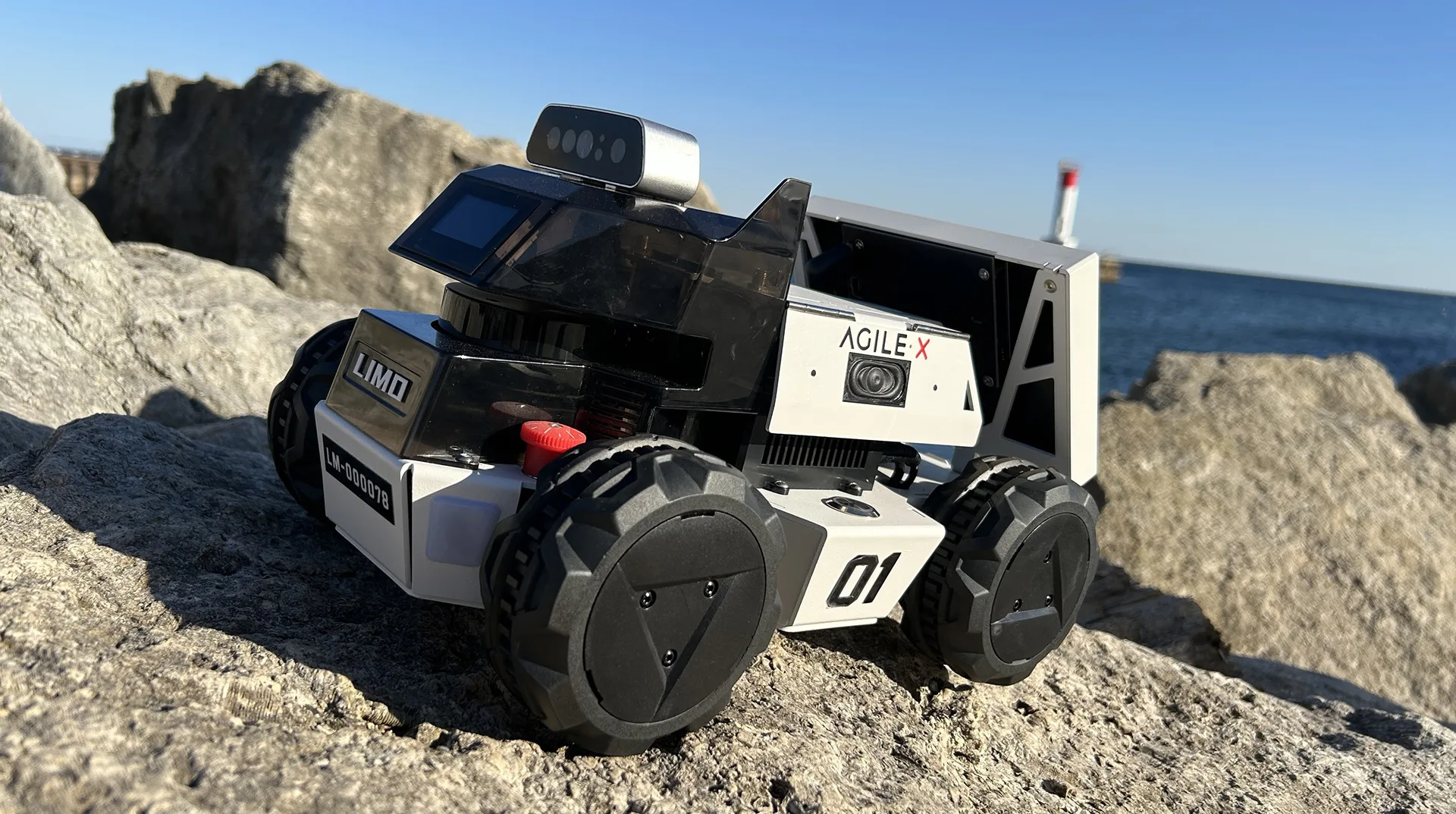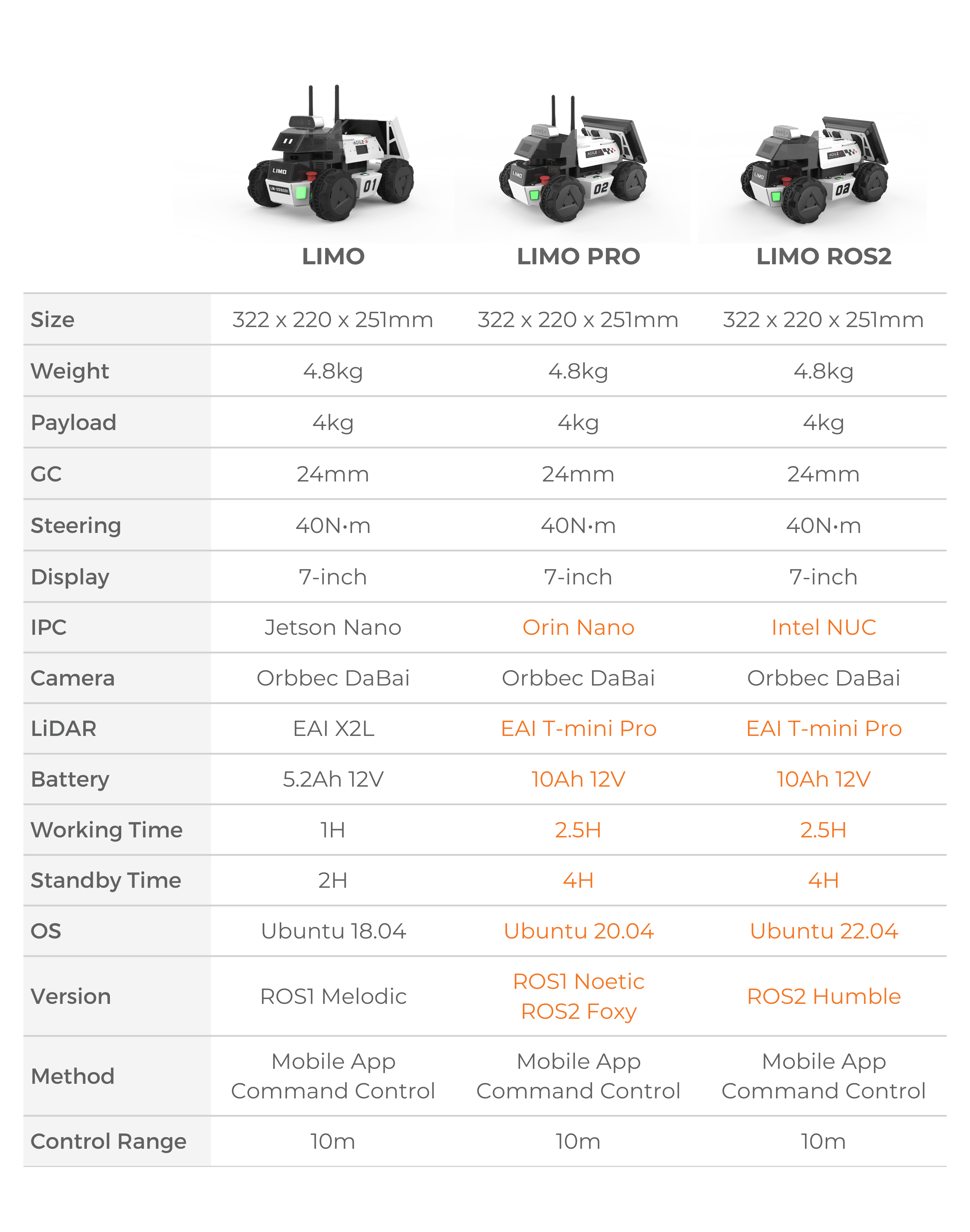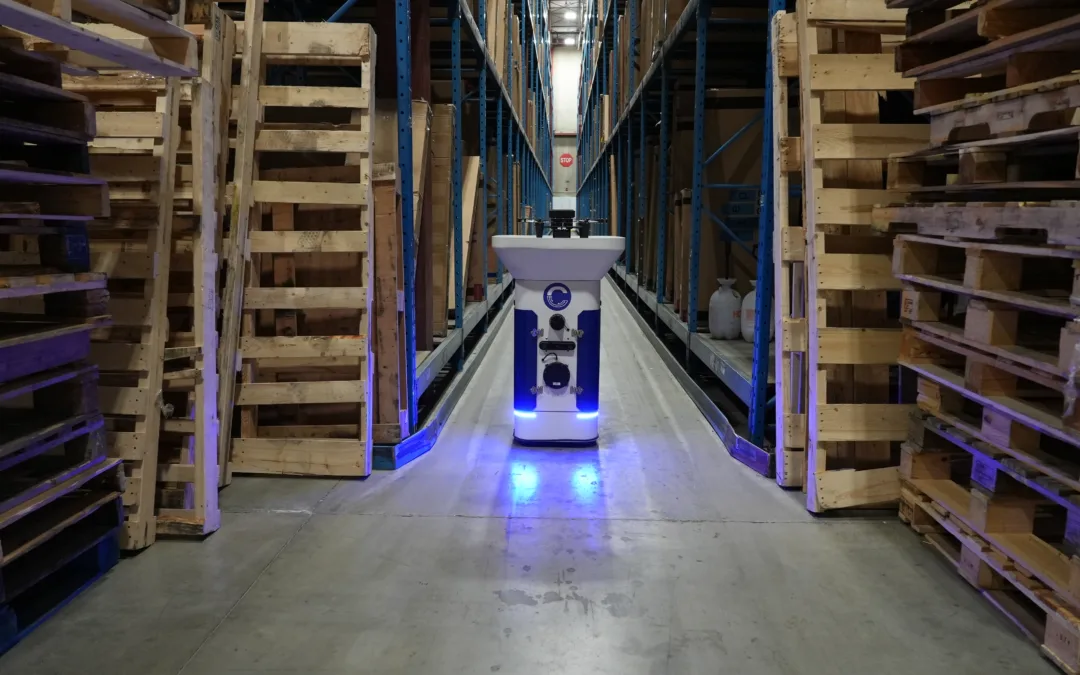
Cypher Robotics announces Captis – a new solution for industrial scanning
By Scott Simmie
Perhaps you’ve already seen the news.
A new Canadian tech company, Cypher Robotics, has unveiled a groundbreaking solution for inventory cycle counting and precision scanning at the industrial level. The company made its announcement at MODEX2024, one of the premiere global conferences for the supply chain ecosystem. The company also announced key partnerships with AI-driven fulfilment experts GreyOrange and global telecommunications innovator Ericsson. In addition, Cypher revealed it has partnered with an as-yet unnamed Canadian retail giant with more than 300 locations.
The system integrates an autonomous ground robot with tethered drone technology, allowing for scanning missions lasting some five hours in duration between charging. Data is uploaded in realtime to existing Warehouse Management System (WMS), WCS (Warehouse Control System) and WES (Warehouse Execution System) software. What’s more, the system can navigate even tight aisles autonomously without any infrastructure changes.
So why is InDro keen on sharing this news? We’ll get to that.
First, have a look at how it works:
THE INDRO CONNECTION
If you guessed InDro has a strong connection with Cypher Robotics, you were correct.
InDro Robotics has an incubator agreement with Cypher, and helped to develop this product. InDro is also an investor in the company.
“This is the future of warehouse robotics,” says InDro Robotics CEO Philip Reece, who has founded or co-founded multiple successful companies in the robotics, drone and R&D spaces.
“It completely eliminates the dull and repetitive task of scanning by hand, freeing up employees to do more satisfying work. It also frees up or eliminates the need for equipment like modified forklifts that have been previously required for the task.”
Reece was quoted in a news release launching Cypher Robotics and its flagship solution, which is called Captis.
Here’s a look at the system. The tethered drone ascends vertically from the Captis base, scanning product as the ground robot moves seamlessly down aisles as narrow as five feet (1.524 metres).
Below: The Captis system integrates a Robot Operating System (ROS) based drone with an autonomous ground robot
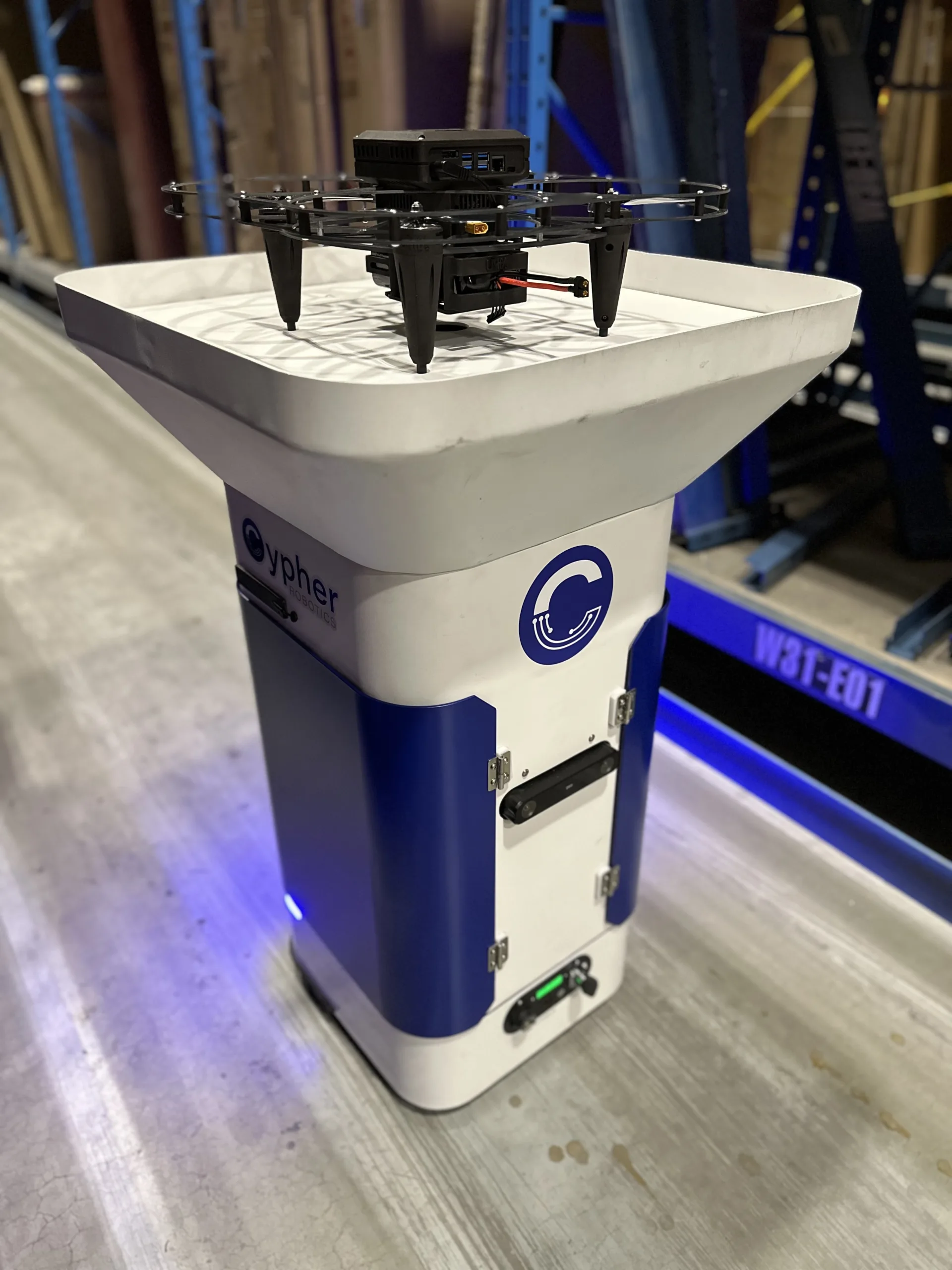
THE NEWS
More detailed information about Cypher Robotics and Captis was revealed in the following news release:
(ATLANTA): Cypher Robotics today unveiled a new standard for efficient and accurate cycle counting scanning for industry at MODEX2024 – one of the sector’s leading annual global conferences. The company also revealed partnerships with AI-driven automation leaders GreyOrange and technology company Ericsson, plus a leading Canadian retailer.
Incubated by Canada’s InDro Robotics, Cypher calls its solution ‘The Future of Warehouse Robotics’, and here’s why: It combines both aerial and ground robotics technology into a single, integrated package.
That solution is called Captis – an autonomous ground vehicle that can find its way around warehouses all on its own. It won’t bump into people or objects, and requires no infrastructure changes. When it’s time for cycle counting, it uses drone technology attached to the ground robot with a tether – used to power the drone and for realtime data transfer. The drone ascends vertically and begins scanning products (it’s code-agnostic) as the Captis base navigates its way down even-narrow corridors.
Based in Ottawa, Cypher Robotics has a specialised engineering team and state-of-the-art fabrication. Comprehensive, real-world testing has been carried out over several months in partnership with a major Canadian retailer that has more than 300 locations across the country.
The system can capture data with 99.9 per cent accuracy autonomously for up to five hours per mission. That data is automatically integrated with existing Warehouse Management System (WMS), WCS (Warehouse Control System) and WES (Warehouse Execution System) software. Captis eliminates the costs associated with manual cycle counts, improves inventory accuracy, and ensures seamless timeline replenishment while avoiding both over- and under-stocking items.
What’s more, Captis can simultaneously carry out highly detailed precision scans of infrastructure (more on this in the future).
Sound technologically complex? It is. But it’s also a breeze to operate.
“Captis is completely a hands-off product,” says Philip Reece, who has founded or co-founded multiple successful companies in the robotics, drone and R&D spaces. Those include InDro Robotics, the Canadian leader in ground and aerial robotics R&D, which has also invested in Cypher Robotics.
“When we say this is ‘the future of warehouse robotics’, we mean it. It completely eliminates the dull and repetitive task of scanning by hand, freeing up employees to do more satisfying work. It also frees up or eliminates the need for equipment like modified forklifts that have been previously required for the task.”
Cypher has partnered with warehouse fulfilment experts GreyOrange and global telco innovator Ericsson.
“The Captis autonomous cycle counting solution is powered by GreyOrange’s GreyMatter, our fulfillment orchestration platform,” says Akash Gupta, Co-Founder and CEO, GreyOrange. “We are excited that Cypher Robotics has joined GreyOrange’s Certified RangerTM Network (CRN) ecosystem. Cypher’s Captis solution is a great option for companies new to automation and robotics to begin leveraging such tech since only one bot is needed per warehouse on average.”
Manish Tiwari, Head of Private Cellular Networks, Ericsson Business Area Enterprise Wireless Solution says: “Captis is an innovative solution that listens to the industry’s needs and efficiently answers them. Being connected to Ericsson Private 5G allows Captis to traverse warehouses while maintaining consistent connectivity which ensures the safety of employees and devices. The low latency of the connection allows for immediate validation of data and the ability to re-capture it to maintain accuracy. The solution ensures that the organization’s data is protected throughout the process. Ericsson is looking forward to continued collaboration and innovation with Cypher that will help our customers’ digitalization efforts.”
Below: Captis is built for scanning and is code-agnostic. Barcodes, QR codes and more are scanned autonomously and the data instantly integrated with existing warehouse management software
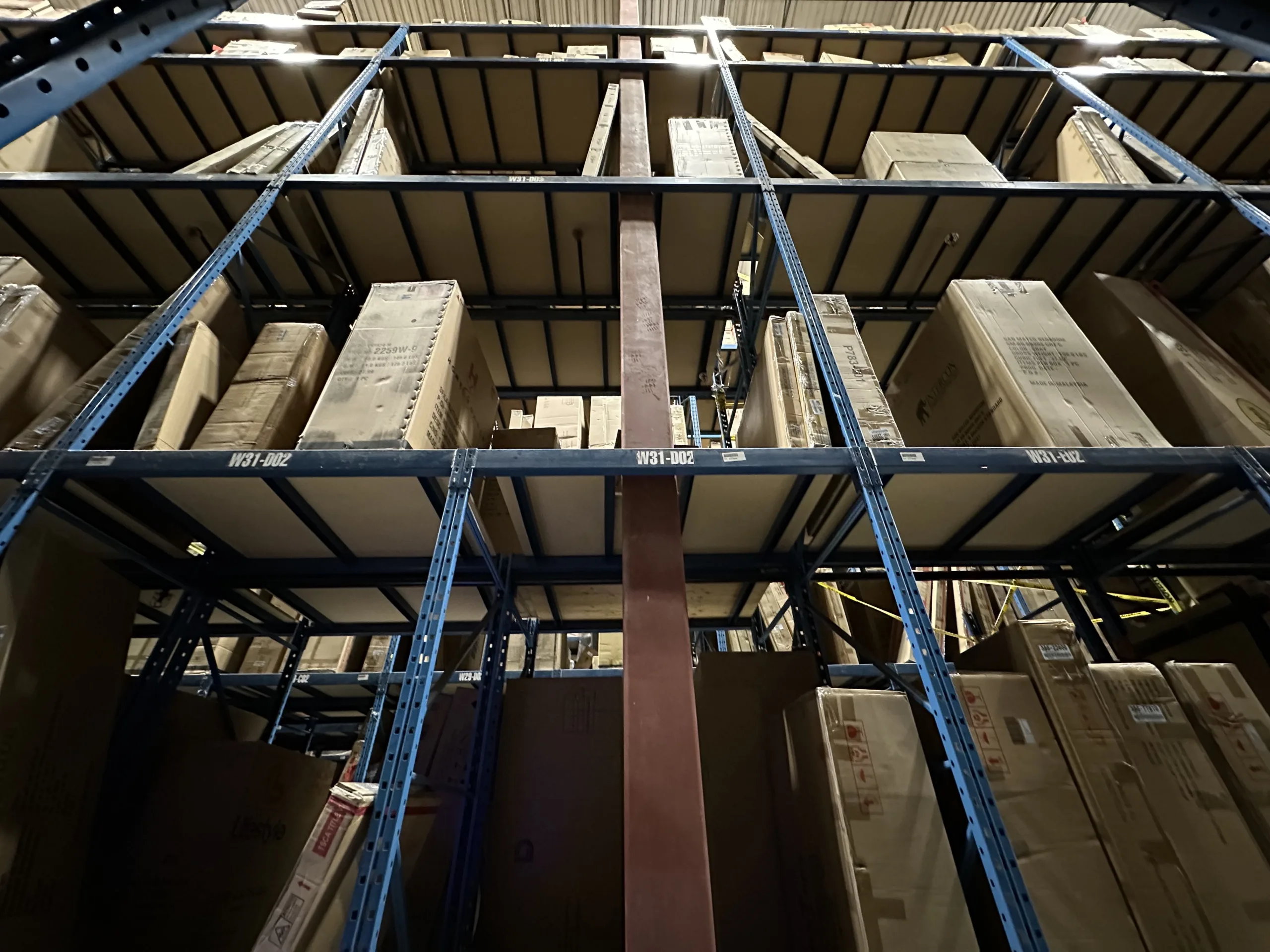
INDRO’S TAKE
We are obviously excited about this announcement. The supply chain is a huge sector, and the automation of the supply chain is growing rapidly. Cypher Robotics believes this is the first system manufactured in North America to integrate aerial and ground robotics in a single solution.
“It’s been a very satisfying process to see Cypher Robotics develop Captis with incubation assistance from us,” says InDro Robotics CEO Philip Reece.
“It was already a technologically challenging build to create a ground robot that can navigate tight spaces autonomously in an unfamiliar setting. Combining that with drone technology adds a whole other level of complexity. We’re pleased that InDro was able to assist with incubation and look forward to seeing where Captis goes.”
In addition to cycle counting, the Captis system also has Precision Scanning capabilities. It can provide updated 2D and 3D digital twins as it carries out its other work, empowering operations with a digital environment for scenario planning. It’s also capable of RFID scanning.
More on these other significant features…to come.




